| The Handley Page Heyford by Raul Colon |

|
||
|---|---|---|---|
| Home Page | Articles Index | ||
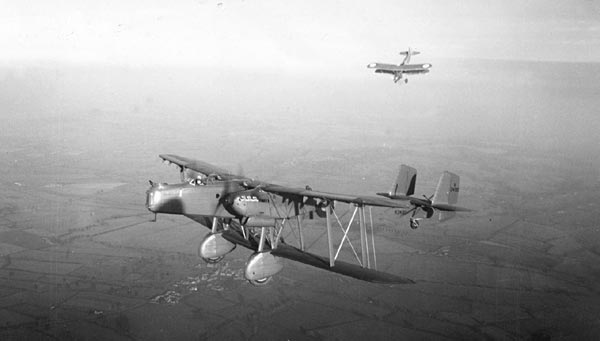
|
|||
|
The Handley Page Heyford was the last of the RAF biplane heavy bombers. | |||
| The Handley Page Heyford was the last biplane bomber to see service with the British Royal Air Force. Actually, it was the most important British bomber of the early thirties. But it looked completely obsolete even before it first took to the air in June 1930. The original Heyford was fitted with two Rolls-Royce 575 hp Kestrel IIIS, 12 cylinder piston engines. It had a fixed undercarriage that did nothing to improve its appearance as an out-of-date aircraft. The wingspan was of 75 ft, very large by those times. The length of the airplane was 58 ft with a height of 17 ft 6 in and a massive wing area of 1,470 sq ft. The Heyford’s wings were made of metal frame covered with fabric coverings, while the main fuselage was half metal, the forward area, and half fabric covered, the rear. Even with these drawbacks, the Heyford remained in front-line service with the RAF until the late thirties and the outbreak of war in Europe. | |||
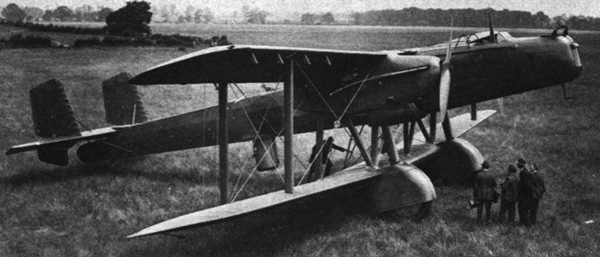 |
|
A new inovation—a retractable ventral “dustbin” turret, could be lowered beneath the aft fuselage.
|
| Three prototypes were originally order by the British for performance evaluation in the summer of 1927—the first of these prototypes, having its maiden flight in 1930. The first test was very successful and immediately the RAF ordered the Heyford to be put into full production. When the last Heyford rolled out of the assembly plant in July 1936, 15 Heyford MkIs, 21 Heyford Mk IAs, 16 Heyford Mk IIs and 70 Heyford Mk IIIs had been delivered. The aircraft units types differed little, except in the type of engines installed on them—all being Rolls-Royce Kestrels types. Perhaps the most distinguishing feature on the Heyford bomber was that its fuselage was mounted on the upper wing. This feature gave the pilot and the aircraft defensive gunners, an excellent field of vision. The bomber's main armament consisted on three 7.7 mm machine guns, installed in dorsal, nose and ventral “dustbin” positions, and carried up to a 3,500 lb bomb load. A new technology break through came in the form of a retractable ventral “dustbin” turret that could be lowered beneath the aft fuselage. |
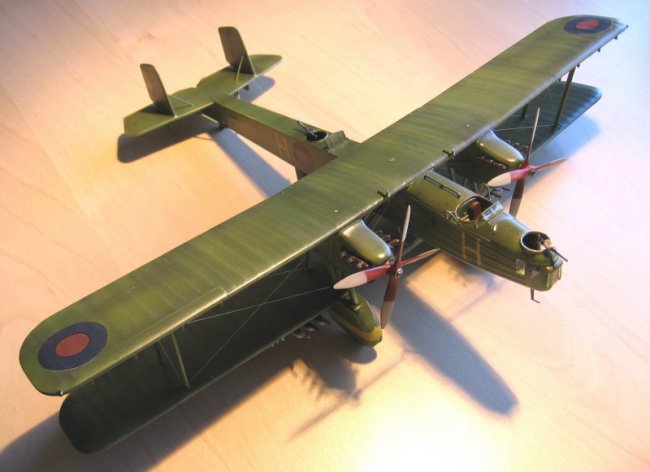 |
| The center section of the bomber’s lower wing was thick enough to contain cells for the carriage of bombs. The proximity of the bomb cells to the ground made for speedy re-arming. The Heyford maximum speed performance was of a pedestrian 142 mph with an open cockpit, with a top operational ceiling of 21,000 ft and a climb range of 700 ft/min. The Heyford's maximum range, with reduced bomb load, was 920 miles. Take off weigh was of 9,200 lbs without a bomb load and with the bomber’s full complement of bombs and armaments—an impressive 16,900 lbs. |
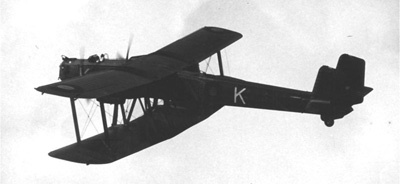 |
|
The fuselage mounted on the upper wing gave the pilot and defensive gunners, an excellent field of view. |
| The first Royal Air Force unit to receive the Heyford as an operational bomber was the No. 99th squadron based at Upper Heyford, on November 1933. Other squadrons followed, the No.s 7, 9, 10, 38, 78, 97, 102, 148, 149 and 166, all received bomber units to complement its own squadrons. As the Whitleys and Wellesleys bombers started to appear on the mid thirties, the Heyford bomber was gradually phased out—the last of the units, being replace by the new Wellingtons, put in front line service in late 1939. It never saw any action in World War II, but it was of service to the RAF as a bomber training aircraft and target tug until it was finally retired from service July, 1941. |
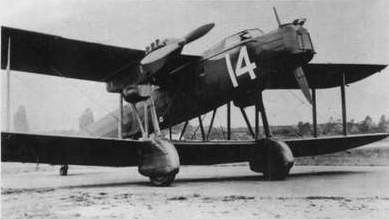 |
| The Handley Page Heyford was retired from service in July, 1941. |
| Specifications: | |
|---|---|
| The Handley Page Heyford I | |
| Dimensions: | |
| Wing span: | 75 ft 0 in (22.86 m) |
| Length: | 58 ft 0 in (17.68 m) |
| Height: | 17 ft 6 in (5.34 m) |
| Weights: | |
| Empty: | 9,200 lb (4,182 kg) |
| Max Gross: | 16,900 lb (7,682 kg) |
| Performance: | |
| Maximum Speed: | 142 mph (229 km/h) |
| Service Ceiling: | 21,000 ft (6,400 m) |
| Range: | 920 miles (1,481 km) |
| Powerplant: | |
|
Two, Rolls-Royce Kestrel III-S (or III-S5) 575 hp (426 kW) 12-cylinder Inline Vee, Liquid cooled. | |
| Armament: | |
|
Three Lewis Machine guns (nose, dorsal and ventral 'dustbin' positions) Bomb load 2,000 lb (907 kg). | |
| The author Paul Colon is a freelance writer who resides in San Juan Puerto Rico. rcolonfrias@yahoo.com |
Return To Articles Index.
© The Aviation History On-Line Museum.
All rights reserved.
February 24,2008.